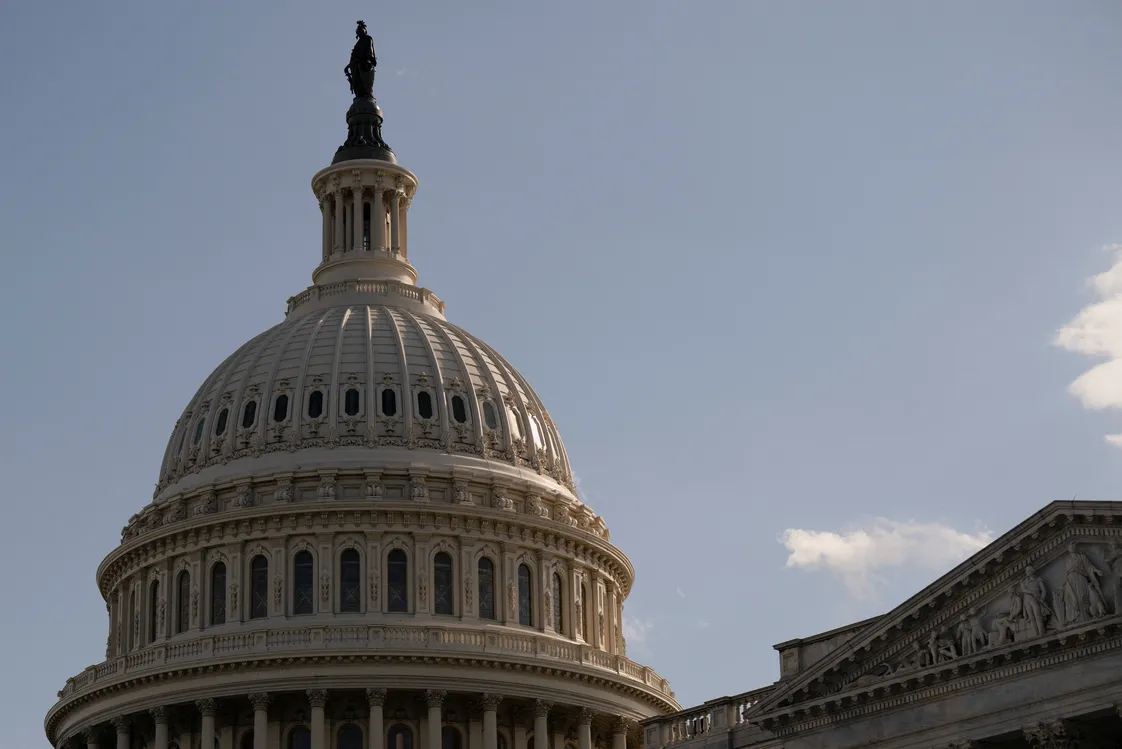How much will Trump's tax bill save you? Gains could vary by income.
- Ani

- May 20
- 4 min read
President Donald Trump says his tax bill, which won approval from a key congressional committee on May 18, would lower taxes for all Americans.
It's “increasing take-home pay for the typical family by thousands of dollars per year,” Trump said on May 1.
It’s true that certain Americans will see after-tax income gains if the bill passes, but analyses from nonpartisan organizations suggest top earners stand to gain the most from these tax cuts, with some of the lowest earners losing income when accounting for spending cuts to programs like Medicaid.
"This is a bill where the positive impacts are really tilted toward rich Americans,” said Martha Gimbel, executive director and co-founder of the Yale Budget Lab, a policy research center. "It doesn’t really matter if people at the bottom are getting relatively small tax cuts if they're losing their health care, they're losing their SNAP benefits and they're having to pay more money in tariffs."
What does the tax bill do?
Dubbed the "one big, beautiful bill,” the GOP tax plan would make the 2017 tax cuts from Trump’s first term permanent. It would increase the child tax credit to $2,500 through 2028 and $2,000 in subsequent years, and introduce other tax cuts including no taxes on tips or overtime wages.
To help pay for the cuts, the government would make changes to reduce spending on the Supplemental Nutrition Assistance Program, formerly known as food stamps, and Medicaid, a program that provides health insurance to more than 71 million low-income Americans.
Analysts say the bill should add $3 trillion to $5 trillion to the country’s $36.2 trillion debt over the next decade. Moody's Ratings pointed fingers at the rising debt when it downgraded the country’s credit rating on May 16.
The legislation is still far from the finish line. Once it gets through the gantlet of the House, it is expected to go through committees and a floor vote in the Senate. Policy details may be tweaked at any point along the way.
How will the tax bill impact Americans?
Benefits of the tax bill will vary based on income, according to a new analysis from the Penn Wharton Budget Model, a nonpartisan research initiative.
The top 0.1% of earners stand to gain nearly $390,000 on average in after-tax income in 2026, while Americans making between about $17,000 and $51,000 would lose about $700. Those with an income of less than $17,000 would lose more than $1,000 on average. The findings accounted for reduced spending on programs like Medicaid and SNAP.
Another analysis from the Yale Budget Lab in March found similar results. The lowest earners would see a 5% reduction in after-tax-and-transfer income when spending cuts are taken into account, while the top earners would see a roughly 3% increase.
The Budget Lab is working on updating the analysis but does not expect substantial changes to its findings, according to Gimbel.
Increased prices from tariffs would only make matters worse for low-income households, Gimbel said. Previous reports from the Budget Lab found the lowest-earning households will feel the biggest blow from tariffs, especially in the short term, because they spend a larger share of their income on goods that will go up in price.
“It is frankly a brutal one-two punch for lower- and middle-income families,” Gimbel said.
Will the tax cuts create a stronger economy?
When reached for comment, the White House pointed to a May report from the Council of Economic Advisers – an agency that offers the president advice on economic matters – that says tax cuts would strengthen the economy and drive up incomes and wages.
The CEA says "all Americans will benefit," with a typical family with two kids expected to see take-home pay increase $7,800 to $13,300 through increased wages and reduced taxes. The average overtime worker would receive a tax cut of between $1,400 and $1,750 per year, according to the study.
“Let’s be clear, not passing the One Big Beautiful bill means letting the 2017 Trump Tax Cuts expire and most Americans will see their taxes increase," White House Principal Deputy Communications Director Alex Pfeiffer told USA TODAY in a May 20 statement. "It will boost take home pay for the typical family with 2 kids by roughly $13,000 a year and boost overtime workers’ take-home pay by $1,750 a year.”
Pfeiffer also cited findings from a May 13 reportfrom the Joint Committee on Taxation that found Americans making between $30,000 and $80,000 a year would pay roughly 15% less in taxes in 2027. The report, which does not account for spending cuts to programs like Medicaid, suggests some of the lowest earners could see increases.
Another analysis from the Penn Wharton Budget Model that takes Medicaid and SNAP spending cuts into account found the tax bill as written on May 19 would increase federal debt by 7.2% and the average wage would fall “slightly” over the next decade, while GDP would be 0.5% higher than under current law.
Positive economic gains would be driven by changes to programs like Medicaid and SNAP, which would push more lower-income Americans to increase their working hours and savings, according to the analysis. Overall, the top 10% of the income distribution – which currently pays roughly 70% of federal taxes – would receive about 65% of the total value of the tax bill.
“Overall, there will be economic growth. It won’t be enough to help low-income households because it’s coming from them, in the sense that they have to save more, consume less, work more,” said Kent Smetters, faculty director of the Penn Wharton Budget Model.





























































Comments